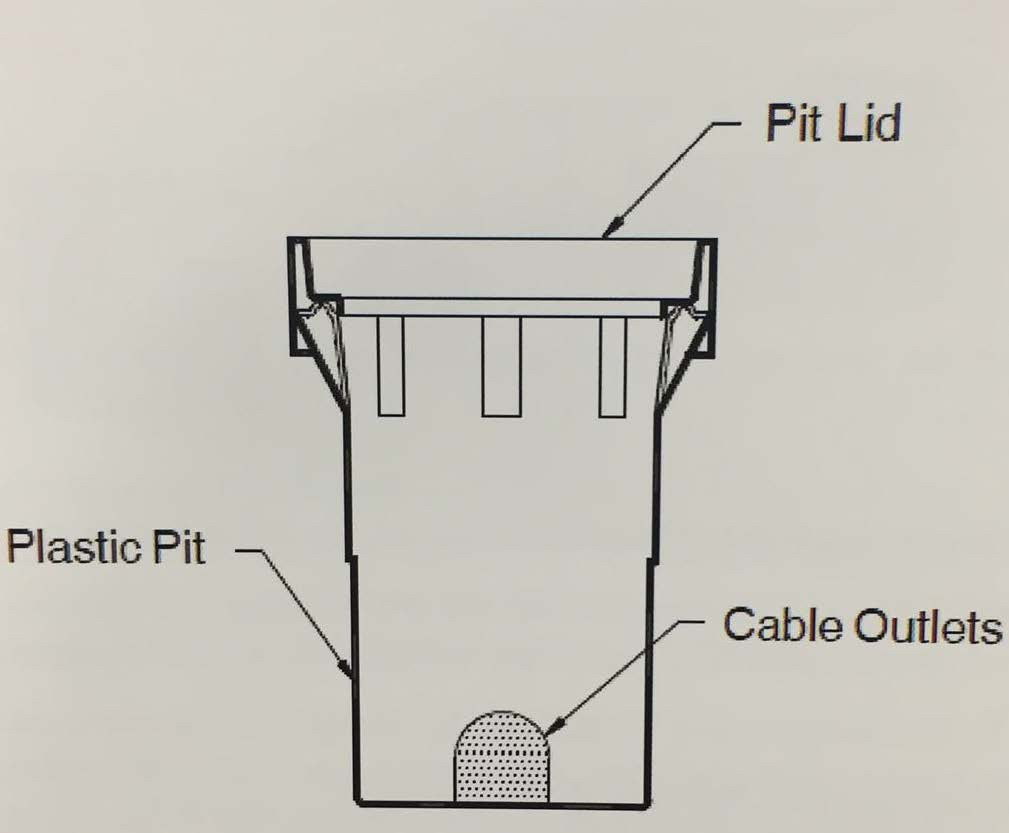Information
-
Document No.
-
Audit Title
-
Park Name
-
Conducted on
-
Inspectors name
-
Inspectors signature
-
Location
-
Company Name
-
Pole image
Pole angle
Pole angle - Pole excessively leaning - leaning to such an extent so as to have or cause secondary consequences that compromise safety or performance.
-
Low risk area
-
Plant attached to pole
-
Pole leaning no more then 20 deg
-
Pole leaning no more then 30 deg
-
High risk area
-
Plant attached to pole
-
Pole leaning no more then 15 deg
-
Pole leaning no more then 20 deg
-
Are there any secondary consequences of pole lean
-
Mains are excessively slack and evidence of conductor clashing can be seen
-
Inadequate ground clearance
-
A leaning pole and / or road with camber can contribute to motor vehicles clipping and damaging poles.
-
Leaning pole is caused by significant ground erosion.
Decay
Fungal Decay
-
Evidence of fruiting bodies or other evidence of head rot
-
Evidence of fruiting bodies approx one metre above the ground, usually associated with internal brown rot.
-
White flat growth, on the pole surface
-
Shaggy external appearance, may also indicate the presence of white rot - refer to inspectors manual for photographic examples.
-
Fungal decay evident in X arms
-
Pole head cap is in place
Termite infestation
-
Cracks in pole filled with mud - indicates termite activity
-
Any earth mud mounds on pole exterior
-
Mud tracks on pole exterior
-
Termite activity around bumps or branch stubs
Splitting, cracking or warping
-
Knot holes associated with cracks allowing the ingress of water
-
Pole exhibits major cracks to 50% of its length
-
Splits that may impact the integrity of the pole
-
Vehicle impact damage is evident that may reduce the pole integrity
Summary rating
-
Send electronic audit to BCC representative immediately
-
Detail major area of concern
-
Photo of follow up action required








